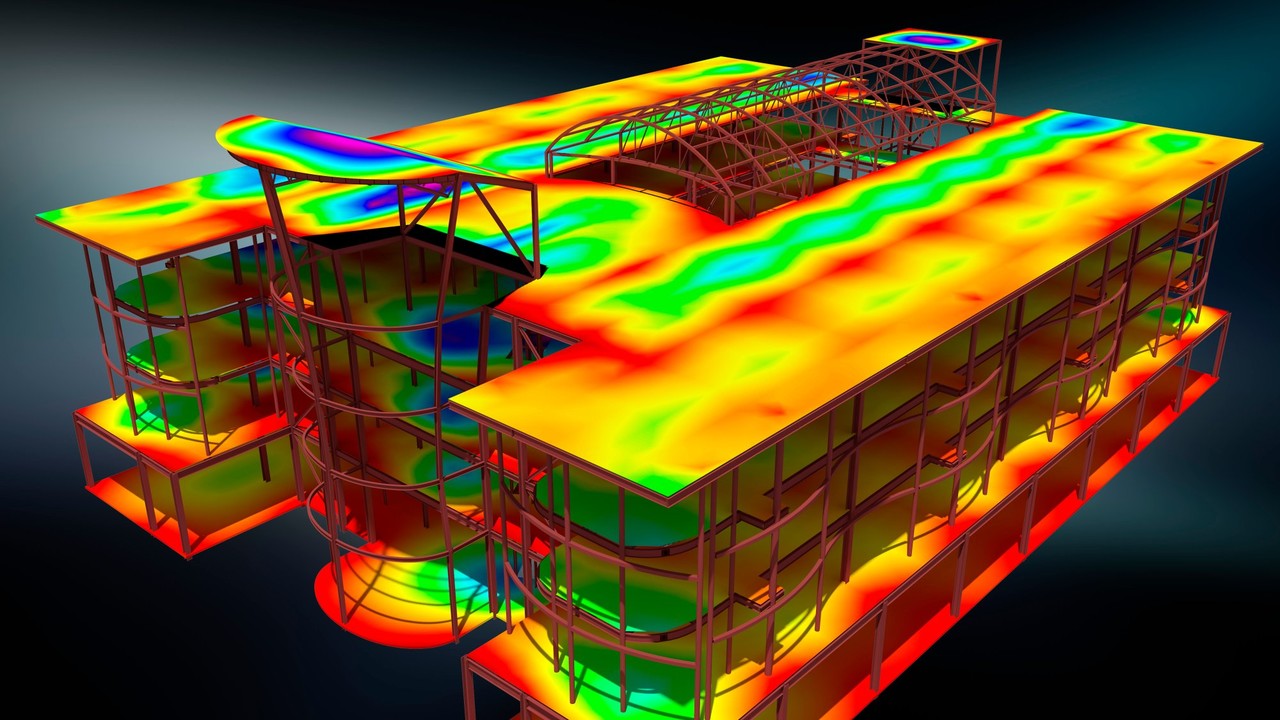Advancements in Structural Analysis: A Glimpse into India's Engineering Landscape
Defining Structural Analysis
Structural engineers must understand the effects of loads and internal forces on a structure or building. This process, known as Structural Analysis, helps ensure that the load paths and impacts of the loads on the engineering design are fully comprehended, ensuring that the structure or equipment is safe for use under the expected loads.
Structural Analysis of a project has various operational stages, including design, testing, or post-construction. It verifies the materials used, the structure's geometry, and the applied loads and usually focuses on the construction's structural elements, such as beams, slabs, cables, and walls.
In recent times, technological advancements and innovative ideas have revolutionized the structural engineering field. Several structural engineering trends have emerged, changing how technology is utilized to deliver better and more sustainable projects.

Building Information Modelling (BIM)
The field of structural analysis in India has seen a recent breakthrough with the introduction of BIM. This powerful tool has gained popularity in the industry for its collaborative, prefabrication, and sustainability benefits. BIM assists in digitally representing a building's characteristics and enables informed decision-making throughout the project's lifecycle. This application is beyond visual representation and involves efficient collaboration among stakeholders, cost, and project management. BIM transforms the construction industry by serving as a virtual platform for designing and managing projects throughout their lifecycle, making project management a seamless experience. BIM generates multiple metadata layers and integrates them into a workflow, ensuring efficient collaboration among all parties involved. BIM is a modern approach that captures information beyond the capabilities of traditional methods. It assists in designing, constructing, and collaboratively managing projects, ensuring timely completion with cost-effectiveness. India is constantly striving for new constructions and infrastructural development. Metro cities are redeveloping, and suburban areas are the government and private sector's latest targets for infrastructural development. For redeveloping structures, it is wise to have structural analysis to get accurate results; that's why one should consider getting Structural Analysis Services like Vijna Consulting.
Cloud Computing:
Cloud-based tools for structural analysis allow engineers to perform complex simulations without requiring powerful local machines. This makes it easier for multiple stakeholders to collaborate and share data, enabling them to work on a project simultaneously. Services of Structural Analysis in India have a promising future because of cloud computing.
Advanced Materials Analysis:
With new materials, such as advanced composites and high-performance alloys, structural analysis techniques have evolved to consider these materials' unique properties and behaviors.
Nonlinear Analysis:
Nonlinear analysis capabilities have improved, allowing engineers to model and understand the behavior of structures beyond the linear elastic range. This is crucial for predicting the response of structures under extreme conditions.
Structural Health Monitoring (SHM):
Integration of sensor technologies and data analytics into structural Analysis enables real-time monitoring of structures, providing insights into their condition, performance, and potential vulnerabilities.
Machine Learning and AI:
Using machine learning and artificial intelligence in structural analysis helps improve designs, forecast structural performance, and identify possible failure modes based on data-driven insights.
Augmented Reality (AR) and Virtual Reality (VR)
AR and VR technologies are applied to visualize and interact with structural models in immersive environments, aiding design reviews, construction planning, and training.
Vijna Consulting
We are experts in Structural Analysis in India's due diligence for civil structures. We also have an in-house facility to test the material With the NABL Accreditation lab.
Tag
- Structural Analysis
- Structural Analysis in India
- Structural Analysis Services, Vijna Consulting
